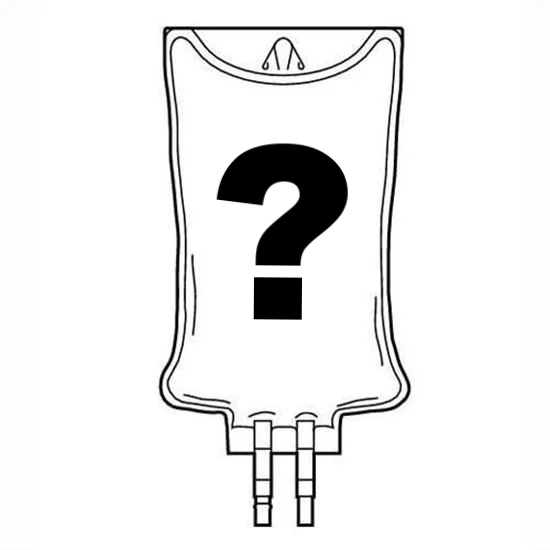ARE YOU POSITIVE . . . OR FALSE POSITIVE? IMPROVING YOUR INTERPRETATION OF THE EFAST EXAM
/The EFAST exam is an integral component of an emergency provider’s trauma evaluation. In the right hands, it has a specificity > 90% for intra-abdominal free fluid. There are some pitfalls, however, that can trick the provider into thinking a false positive represents free fluid. In this post, Dr. Gill and Dr. Kring help us improve our EFAST interpretation and recognize these “fake-outs.”
Read More



















